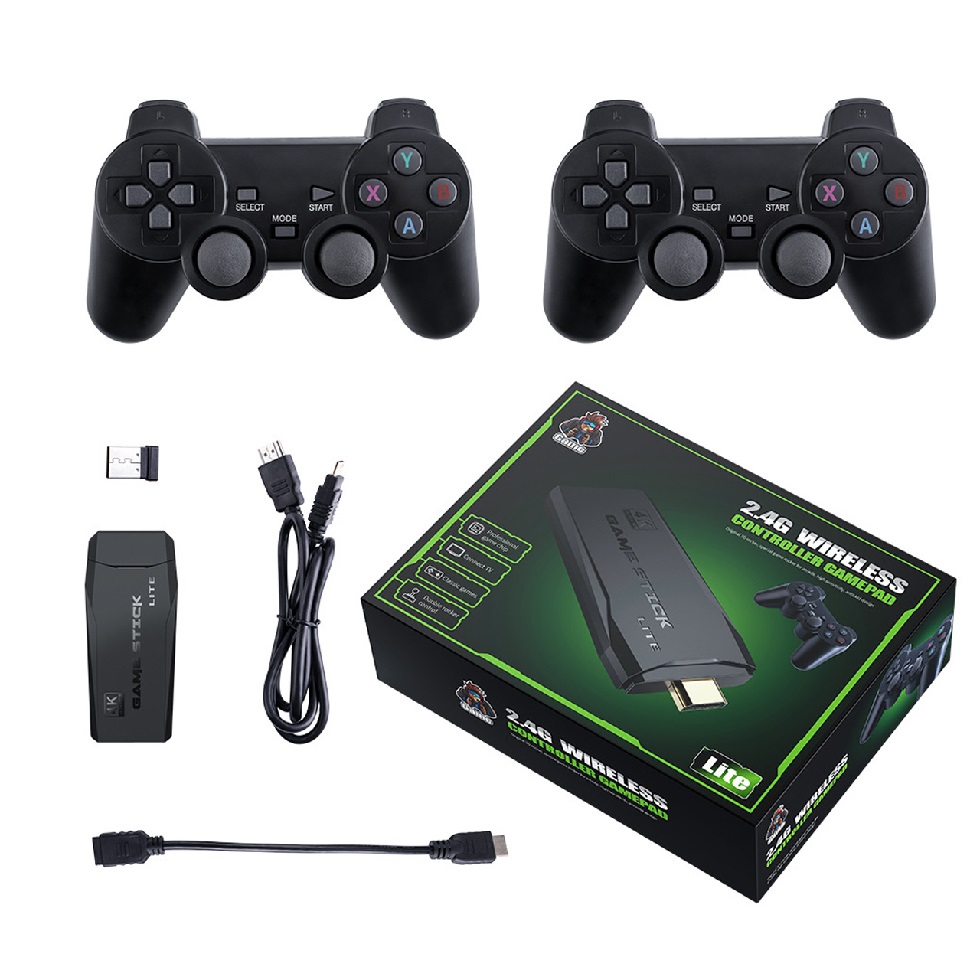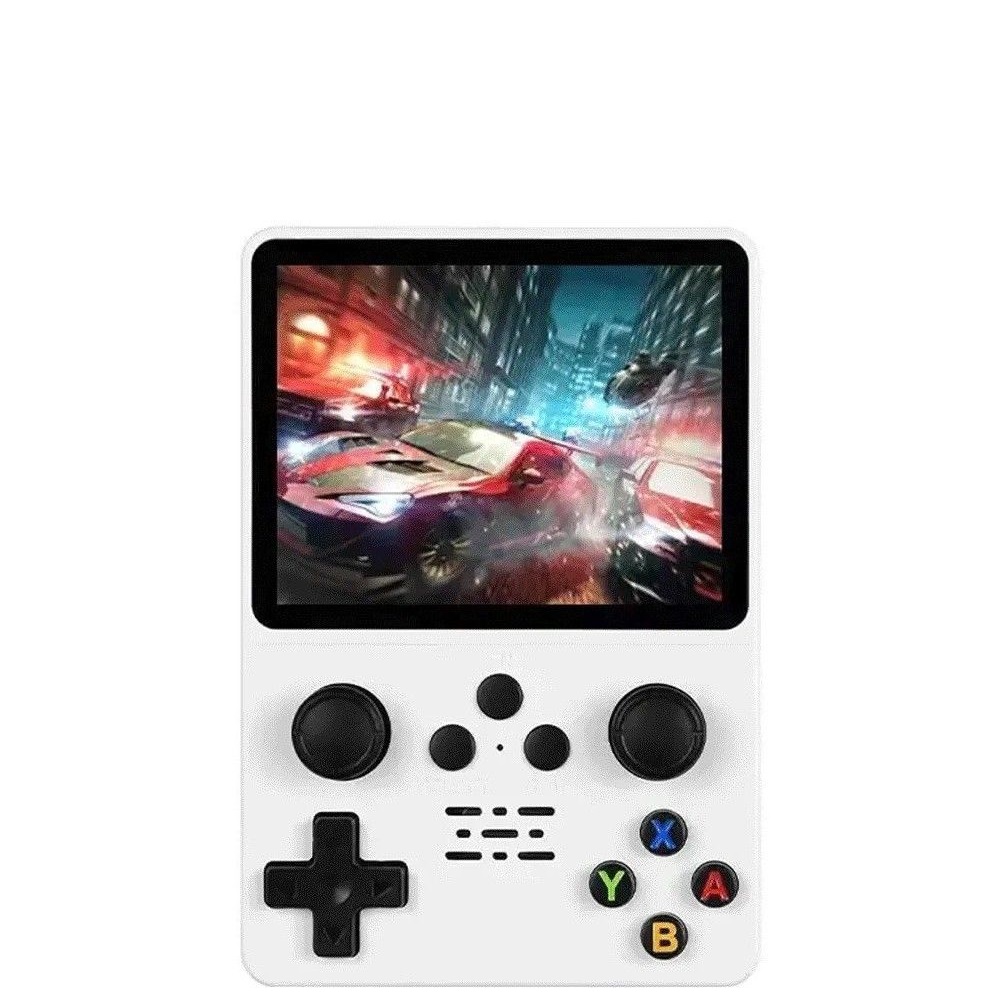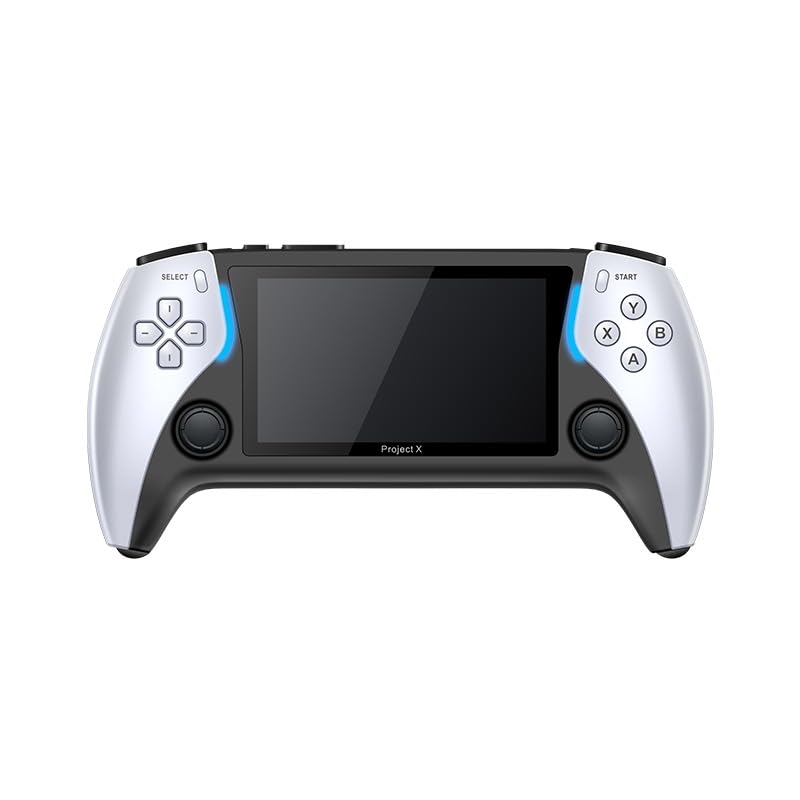Game consoles are devices designed primarily for playing video games. They connect to a television or computer screen and allow players to engage in interactive entertainment. These consoles are popular among various age groups and have become a significant part of modern culture. Companies such as Sony, Microsoft, and Nintendo have dominated the market, each offering unique features and titles.
Understanding Game Consoles
Game consoles serve as a bridge between players and the digital world of gaming. These devices are dedicated solely to gaming and typically require a power source as well as a display. Players use various controllers to interact with games. Some consoles come with built-in storage, while others require external storage solutions.

Different generations of game consoles have evolved over time. Each new generation usually brings improved graphics, faster processors, and more interactive gaming experiences. For example, early consoles like the Atari 2600 relied on 8-bit graphics, while modern consoles such as the PlayStation 5 and Xbox Series X offer stunning 4K visuals and immersive gameplay.
Types of Game Consoles
Home Consoles
Home consoles are the most prevalent type of game console. They connect directly to a TV, providing an immersive gaming experience. Popular home consoles include the PlayStation, Xbox, and Nintendo Switch. These devices support a wide range of games that appeal to different audiences.
Home consoles often feature online services that allow players to download games, play online with others, and access various entertainment apps. For instance, services like PlayStation Network and Xbox Live offer monthly subscriptions that provide free games and additional content.
Handheld Consoles
Handheld consoles allow gamers to play on the go. These devices are portable and come with built-in screens and controls. The Nintendo Switch is a prime example of a hybrid console that can function as both a handheld and a home console. Handheld consoles often have a more limited library than home consoles but can still provide an excellent gaming experience.
Other notable handheld consoles include the Nintendo DS and PlayStation Vita. They allow players to enjoy gaming during commutes, travel, or anywhere without an available television. These consoles typically focus on user-friendly experiences and casual gaming.
Mini Consoles
Recently, mini consoles have gained popularity. These devices are smaller versions of classic home consoles that come pre-loaded with a selection of games. Examples include the Nintendo Classic Mini and the Sega Genesis Mini.
Mini consoles capture the nostalgia of older gamers while introducing new players to vintage games. They celebrate gaming history, drawing players in with their charm and simplicity. Mini consoles often cater to a niche market but have a significant emotional connection to many gamers.
The Evolution of Game Consoles
Early Beginnings
The history of game consoles dates back to the early 1970s when the first home console, the Magnavox Odyssey, was released. This device used simple graphics and offered a limited selection of games. Despite its simplicity, it paved the way for future console developments.
As technology progressed, the late 1970s and early 1980s saw the rise of arcade games, which also influenced home console designs. The Atari 2600 became a household name during this period, introducing cartridge-based games to the home gaming market. This innovation allowed players to purchase and play different titles.
The 16-Bit Era
The 16-bit era began in the late 1980s, marked by the arrival of the Super Nintendo and the Sega Genesis. These consoles brought more vibrant graphics and enhanced sound, enhancing the gaming experience. They introduced memorable game titles that remain beloved today, such as “Super Mario World” and “Sonic the Hedgehog.”
This era also saw the rise of competitive gaming, as players began to compare console performance and exclusive game titles. The 16-bit era solidified gaming as a mainstream pastime. Home consoles started to evolve into more than just gaming devices; they began to incorporate multimedia capabilities.
The 3D Revolution
The mid-1990s ushered in the 3D revolution. With the launch of the Sony PlayStation, gaming changed forever. This console shifted focus from 2D graphics to 3D environments, creating a more immersive experience. Other companies like Sega and Nintendo adapted their strategies to stay competitive.
This era also saw the growth of franchises such as “Final Fantasy” and “Metal Gear Solid,” introducing rich narratives and expansive worlds. As the internet became more accessible, online gaming began to emerge, allowing players to compete against each other from their homes.
Features of Modern Game Consoles
Graphics and Performance
Modern game consoles prioritize impressive graphics and swift performance. The PlayStation 5 and Xbox Series X boast advanced processing power, enabling lifelike visuals and smooth gameplay. These consoles support resolutions up to 4K, enhancing clarity and detail in every game.
Game developers use cutting-edge technology to take full advantage of these capabilities. The result is an immersive gaming experience with vibrant graphics, realistic physics, and detailed character models. Additionally, these consoles often feature solid-state drives (SSDs) for faster load times, setting a new standard for gaming performance.
Online Connectivity
Another crucial feature of modern game consoles is online connectivity. Players can connect to the internet and access a variety of services. With platforms like Xbox Live and PlayStation Network, gamers can download new titles, receive updates, and access exclusive content.
Online multiplayer gaming has also fundamentally changed how players interact. Friends can team up or compete against each other regardless of location. Many games now emphasize social experiences, allowing for deeper collaboration and competition.
Game Libraries and Compatibility
Game libraries are another essential aspect of modern consoles. Players have access to an enormous selection of titles, ranging from indie gems to AAA blockbusters. Additionally, many consoles offer backward compatibility, allowing players to enjoy games from previous generations.
Services like Xbox Game Pass offer subscriptions that provide access to a vast library of games for a monthly fee. This approach allows players to explore various titles without committing to purchasing each game outright. Such offerings have transformed gaming habits and made it easier for players to discover new favorites.
The Role of Game Consoles in Gaming Culture
Community Building
Game consoles play an essential role in building a vibrant gaming community. Online platforms allow players to connect with others who share similar interests. Many gamers participate in forums, social media groups, and live streams to discuss strategies, share tips, and showcase their gameplay.
Events such as gaming tournaments and conventions further strengthen this sense of community. Players gather to compete, socialize, and celebrate their love for gaming. This spirit of camaraderie brings people together, fostering friendships that often extend beyond the gaming world.
Influence on Art and Storytelling
Game consoles also impact art and storytelling within the gaming industry. Modern games often explore complex narratives and emotional themes, blurring the lines between traditional storytelling and interactive experiences. Titles such as “The Last of Us” and “God of War” delve into deep emotional elements, captivating audiences.
As consoles improve, so does the potential for creativity in game design. Developers can craft expansive worlds filled with intricate details and life-like characters. Players have the ability to engage with these narratives actively, often leading to a more profound connection to the story.
The Future of Game Consoles
Technological Advancements
Technological advancements will continue to shape the future of game consoles. Emerging technologies like virtual reality (VR) and augmented reality (AR) are already starting to influence how games are designed and played. Companies are exploring new ways to immerse players within their games, offering fresh experiences that go beyond traditional gaming.
Innovation in cloud gaming services, such as Google’s Stadia and NVIDIA GeForce Now, is expanding the possibilities. These platforms allow players to stream games without needing powerful hardware, making gaming more accessible to a wider audience.
Evolving Player Expectations
As the gaming landscape evolves, so do player expectations. Gamers increasingly demand seamless experiences, high-quality graphics, engaging gameplay, and innovative mechanics. Developers must stay attuned to these expectations, often resulting in groundbreaking advancements within the industry.
Additionally, the rise of mobile gaming has changed how many people approach gaming. Players expect the convenience of gaming wherever they are, and consoles must adapt. This has sparked interest in hybrid devices that can function as both traditional consoles and portable gaming systems.
Conclusion
In conclusion, game consoles are more than just devices for playing video games; they represent a cultural phenomenon that has evolved over decades. Their impact on technology, community, and storytelling continues to shape the gaming landscape. As technology advances, the future of game consoles holds exciting possibilities.
Players can look forward to new experiences that push the boundaries of interactive entertainment. The community built around gaming will only grow, allowing for even richer connections and experiences. Ultimately, consoles have become an integral part of contemporary life, forever changing the way we engage with entertainment.


